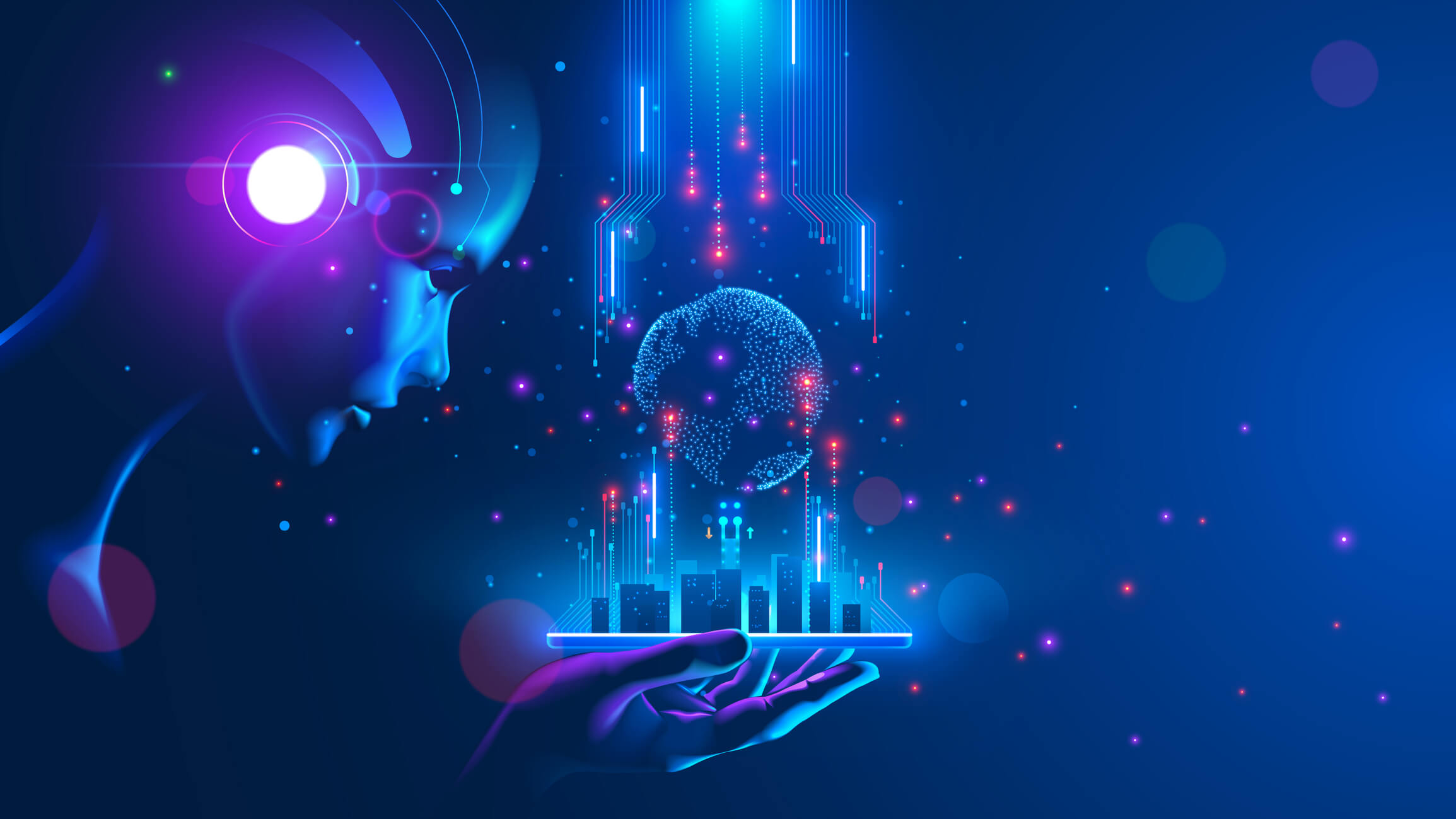Undeniably, Covid-19 has played a crucial role in digitally transforming the world. After the increased number of cases of COVID-19, the use of robotics and AI in all areas to reduce human contact gained momentum. The pandemic impacted people worldwide and damaged several layers of our society. Whether it is the education, health, tourism, or any other sector, no one can beat the pandemic without integrating technology and artificial intelligence.

Robotics and AI in Healthcare
AI played a role during the pandemic when front-line workers and healthcare professionals were at greater risk of getting infected. Robots acted as a protective shield to avoid physical contact with humans. The emergence of robotic surgery is also a result of these protective measures. This concept allows proceeding with surgical processes remotely without physical contact with the patient.
Arthrobot was the first surgical robot to perform surgeries using voice commands. Robotics and AI have revolutionized the healthcare system to prevent viruses and other diseases. The unpredicted pandemic has resulted in the increased demand for the development of robots performing several operations.
Role of AI in Pandemic
Robots and AI have a history of serving humans and performing multiple tasks to protect them from infectious diseases. COVID-19 has threatened our lives and restricted societal movements. Even when the best healthcare service providers faced a shortage of protective equipment, robots acted as heroes to save the lives of both healthcare professionals and patients.
They reduced the physical contact and operated at their maximum capacity to serve the growing number of patients. AI prevented health professionals from working for longer hours.

Role of Robots and AI in Surgeries
Surgical care is the healthcare system’s building block, comprising emergency and elective operations to improve population health. Surgeons performing surgeries in operating rooms were at a higher risk of infection. Robotics and artificial intelligence were integrated into most hospitals’ processes.
Robotics and AI in Airport
Artificial intelligence has automated data collection, analysis, and interpretation, which has prevented humans from doing the work and eased the burden. In airports, artificial intelligence will observe larger data sets and analyze the patterns using the data sets. Moreover, artificial intelligence is also used to track queue length, productivity, and security lanes.
Machine learning, a component of artificial intelligence, enhances algorithms’ recognition patterns. In this way, airports not only automate processes but also mitigate institutional gaps and risks. Before the global pandemic, this automation process worried many people about their jobs. However, the pandemic witnessed that the automated process made processes faster than before and eased many people’s job responsibilities.
This automation has made the social distancing rule applicable to both staff and passengers without affecting the work. One can say that the automation process through robotics prevented people from impacting the workflow.

Role of Robotics and AI in Education
The education sector faced a severe negative impact of the pandemic. The restrictions on movement and lockdown impositions emphasized the education sector’s shift towards e-learning. This shift optimized the technological demand in education and saved time and resources.
Customized e-learning methods made access to education possible for students without any physical contact with teaching professionals. The machine algorithm system helped teachers identify students’ weak areas and provide them with essential guidance and material. This analysis set up a new trend in the market to offer AI software for teachers’ advice and help.
Teachers can use AI software to design the course outline and content for students and schedule the tests and exams. The increased number of students in classrooms has decreased the interaction between teachers and students. On the other hand, e-learning processes and techniques enhance the exchange of teachers and students, enhancing the efficiency of the educational system.
The virtual programs helped teach professionals to keep track of student activities. Some apps ask students homework-related questions, get answers, and submit them to teachers.
In addition, the maximum use of AI has also resulted in personalized animations. These personalized animations act as a tutor and interact with the students. Such technological developments in the education sector showed an inclination towards artificial intelligence.
In the end, robotics and AI have proved to be a game changer for several areas where human interaction was maximum. These inventions became a protective layer in pandemics and changed how multiple functions were performed.
 About Complete Controller® – America’s Bookkeeping Experts Complete Controller is the Nation’s Leader in virtual bookkeeping, providing service to businesses and households alike. Utilizing Complete Controller’s technology, clients gain access to a cloud platform where their QuickBooks™️ file, critical financial documents, and back-office tools are hosted in an efficient SSO environment. Complete Controller’s team of certified US-based accounting professionals provide bookkeeping, record storage, performance reporting, and controller services including training, cash-flow management, budgeting and forecasting, process and controls advisement, and bill-pay. With flat-rate service plans, Complete Controller is the most cost-effective expert accounting solution for business, family-office, trusts, and households of any size or complexity.
About Complete Controller® – America’s Bookkeeping Experts Complete Controller is the Nation’s Leader in virtual bookkeeping, providing service to businesses and households alike. Utilizing Complete Controller’s technology, clients gain access to a cloud platform where their QuickBooks™️ file, critical financial documents, and back-office tools are hosted in an efficient SSO environment. Complete Controller’s team of certified US-based accounting professionals provide bookkeeping, record storage, performance reporting, and controller services including training, cash-flow management, budgeting and forecasting, process and controls advisement, and bill-pay. With flat-rate service plans, Complete Controller is the most cost-effective expert accounting solution for business, family-office, trusts, and households of any size or complexity.




